Monday, December 31, 2007
USHERING IN A GOLDEN NEW YEAR


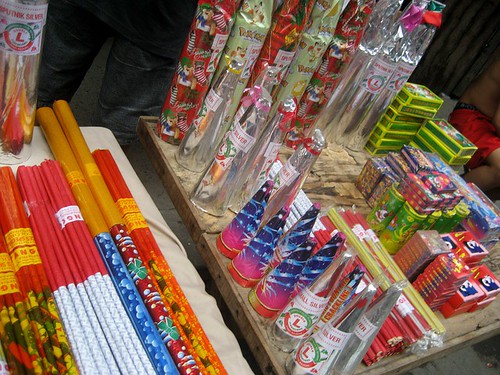
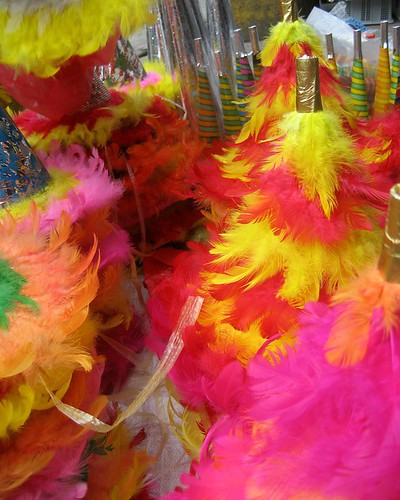
boundless prosperity and a
marvelous 2008!
posted by Señor Enrique at 6:25 AM
| 12 comments
![]()
![]()

Sunday, December 30, 2007
111th JOSE RIZAL DAY

The commemoration of the death of Dr. Jose Rizal
Luneta Park, Manila - December 30, 2007
*
posted by Señor Enrique at 5:33 PM
| 6 comments
![]()
![]()

Saturday, December 29, 2007
PORT OF MANILA


This is the country's most active port. The width of its entrance measures 19 kilometers and expands to 48 kilometers. Its anchorage is at Mariveles, Bataan which is just inside the northern entrance.
However, long before the Americans built Port of Manila in Manila Bay, all ships docked at the mouth of the Pasig River at its northern bank in Binondo. Ships back then were able to sail up to where Jones Bridge is now.
The old port also served as the staging point for the Manila galleons during the Spanish era. Supposedly, there are historical findings that indicate even before the Spanish rule, the original port had already been frequented by ships from various Asian countries.
The old names of some streets near the north bank of the Pasig River reflect this area as a maritime hub -- Muelle del Rey (King's Wharf) and Muelle del Banco. There were also facilities for repairing ships including a shipyard, as well as the customs house or Aduana which is located over on the southern bank. It has since been abandoned and probably demolished.
Nowadays, the old port is still being used mostly to load and unload barges.


Related link: I Heart Manila - Port Area, Manila
*
posted by Señor Enrique at 10:35 AM
| 10 comments
![]()
![]()

Thursday, December 27, 2007
i-MAG PHOTOGRAPHY - STILL LIFE

The way I understand it, still life photography is the grouping of inanimate objects -- such as decorative items, freshly-cut flowers or various fruits -- arranged in such a way as to resemble subjects for fine art paintings. It can be challenging, for the photographer must have fundamental knowledge of photography, as well as basic skills in lighting and compositional techniques.
I was one of five photographers invited by i-Mag Photography Magazine to submit a couple of photographs for its article, Still Life Clinic (Volume 1 Number 12 issue). The submitted images were then scrutinized by two seasoned professional photographers, Noli Gabilo and Mark Floro.
It wasn't a photo contest by any means; rather, the intention was for everyone to learn from the pros' critiques.
The photograph above was one of two I had submitted that were included in this tutorial article. I must admit, the merits and faults pointed out by Noli and Mark were humbling yet enlightening. Certainly, many readers learn from their insight as well.
If you're a budding photographer, I highly recommend that you pick up a copy of this issue. Who knows? What you gain from it may someday help you grab a top prize in a photo contest.
posted by Señor Enrique at 4:40 PM
| 20 comments
![]()
![]()

Wednesday, December 26, 2007
A SWEET HOLIDAY TREAT - BALICUTSA

If the Tagalogs have their tira-tira, the Ilocanos have their balicutsa or balicutya. And while the former are in stick form, the latter are shaped like curlicues; both are sugar candies made from sugarcane.
Tira-tira I had a lot of as a kid. It was always readily available at Manong's sari-sari store in the neighborhood. But the balicutsa I tasted for the first time only recently when a friend gave me a pack this Christmastime. It's incredibly sweet and tastes very much like a piece of panocha. As many know, panocha is a sort of brown sugar that is crystallized with limewater and poured into a coconut shell until it hardens. It is then cut into smaller pieces and used primarily to sweeten a cup of tea or when frying those banana-cues or kamote-cues.
And unlike the panocha and tira-tira which is available year-round, the balicutsa is only plentiful after a sugarcane harvest. Incidentally, you don't bite into a balicutsa as done with a tira-tira stick. You simply allow the whole piece to melt in your mouth. A sip of water is recommended immediately afterwards so as to wash away the excessive sweetness from the palate.
So while a typical holiday buffet table may be loaded with the usual sugary fare such as the creamy fruit salad, ubiquitous rice cakes, traditional leche flan, and various sweetened pastries from Goldilock's or Red Ribbon, a plate of balicutsa could certainly elicit just as much much curiosity, especially from the kids with a sweet tooth if not from the older folks with fond memories attached to it.
Now, for a bit of the sugarcane's history:
In the beginning, sugar is believed to have been widely used in Polynesia, and then in India. The Persians discovered it when Emperor Darius of Persia invaded India In 510 B.C. The Persians kept sugarcane a closely guarded secret as they amassed exorbitant profits from exporting its products.
When the Arabs invaded Persia in 642 A.D., they found its sugarcane fields and eventually learned how sugar was made. The Arabs were responsible for developing its early refining process and for establishing sugar production in other lands that they conquered, including North Africa and Spain. It was also the Arabic writers who first documented the sugarcane's refining process.
The western Europeans discovered sugar in the 11th Century AD when crusaders returning home talked of this "new spice" with a pleasant taste. The first time sugar was recorded in England was in 1099. Subsequently, the country's importation of which developed and grew when it established trade with the East. Records also indicate that the price of sugar in London was at two shillings a pound in 1319 A.D., which equates to about US$100 per kilo at today's prices. Obviously, a purchase affordable only by the rich.
The Chinese, on the other hand, as early as around 1800 B.C. was already cultivating the sugarcane. Sugar had become a popular part of the Chinese culture when some of its products were created as wedding and holiday gifts. It was also the early traders of China who were responsible for introducing sugar to its neighboring countries.
Sugar supposedly reached the Philippines when a sailing vessel from Celebes brought sugarcane to Mindanao some 4,000 years before the Christian era. However, no hard evidence is available to support such claim. Neither is there any verifiable record as to when sugar making came to the knowledge of the Filipinos.
However, according to the chronicles of Pigafetta, when Magellan arrived in the Southern Philippine islands in 1521, the natives, headed by Rajah Calanao, served them refreshments made of sugarcane. The same thing happened to other Spanish explorers in Northern Luzon.
New World sugar later came about when the Portuguese and Spanish navigators introduced the cultivation of sugarcane in the 15th Century, and it was generally presumed that it was the Spaniards who introduced the Filipinos to its cultivation as a means to minimize the importation expenses from China.
Yet sugar was not produced in the Philippines for quite some time because it was being imported from Mexico until the early 16th century. It wasn't until the early 17th century when sugar plantations began to emerge throughout the Philippines and became a thriving industry. And with the proliferation of the local sugar supply, the foothold of the Chinese on the sugar market declined. During that period, the Chinese sold rock sugar called cande for 8 reales per 25 pounds, which was a steep price back then.
Nowadays, although its price would go up now and then, sugar remains affordable by the general public. And contrary to common belief, eating too much sugar does not cause diabetes. But eating too much of it can cause obesity which can trigger the development of type 2 diabetes in some people.
However, much like opiates and nicotine, sugar is highly addictive. And the only thing good about sugar -- as some practitioners in the medical field will point out -- is that it tastes good. Hence some of our medicines, including most of our cuisines (besides the sweet desserts), wouldn't be as palatable without their sugar content.
Sadly, however, some historians claimed that the most brutal slave trade in the history of man -- in massive scale across international waters -- was boosted by the growing demand for sugarcane products.
Sugarlife
By Diana A. Galang
Manila Bulletin
Making Rock Candy
EntrePinoys atbp.
The History of Sugar
SKIL
Revolt and Social Unrest
Heritage City of Vigan
The Sugar and Slave Trade
The European Voyages of Exploration
*
posted by Señor Enrique at 6:39 AM
| 20 comments
![]()
![]()

Friday, December 21, 2007
CHRISTMAS 2007

Let your heart be light
From now on,
our troubles will be out of sight
Have yourself a merry little Christmas,
Make the Yule-tide gay,
From now on,
our troubles will be miles away.
Here we are as in olden days,
Happy golden days of yore.
Faithful friends who are dear to us
Gather near to us once more.
Through the years
We all will be together,
If the Fates allow
Hang a shining star upon the highest bough.
And have yourself A merry little Christmas now.

posted by Señor Enrique at 7:39 PM
| 30 comments
![]()
![]()

Thursday, December 20, 2007
MANILA'S ENCHANTING EVENING

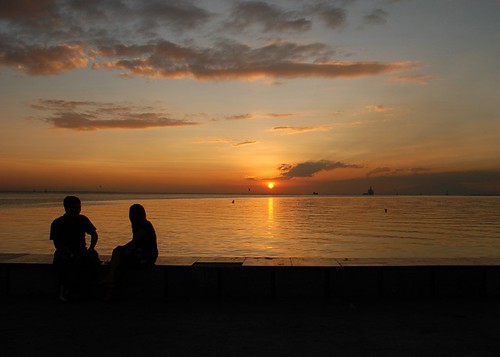

posted by Señor Enrique at 9:02 PM
| 40 comments
![]()
![]()

Wednesday, December 19, 2007
MANILA'S GIANT LANTERNS
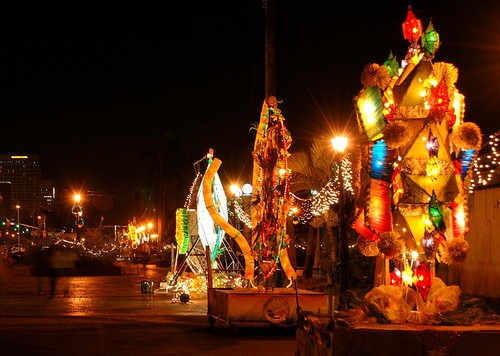


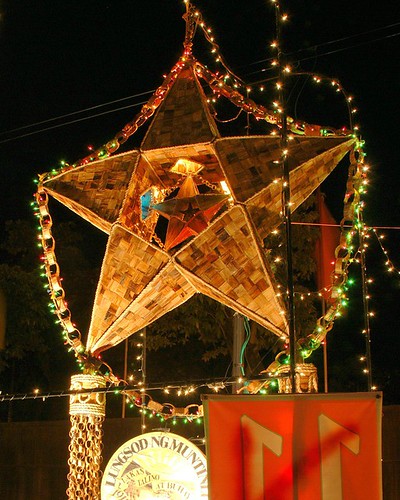
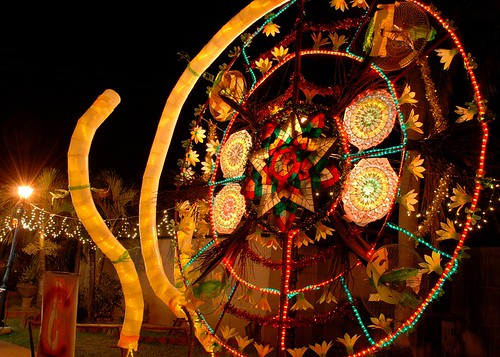


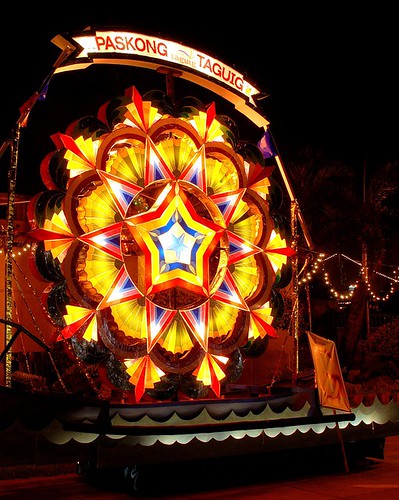
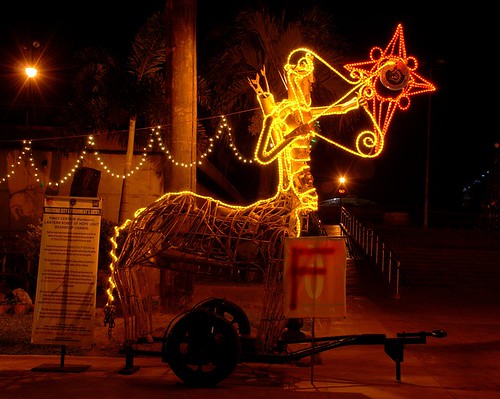
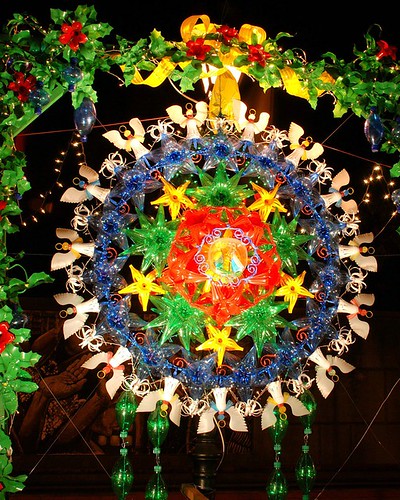


posted by Señor Enrique at 8:14 AM
| 36 comments
![]()
![]()

LUNETA AFTER DARK
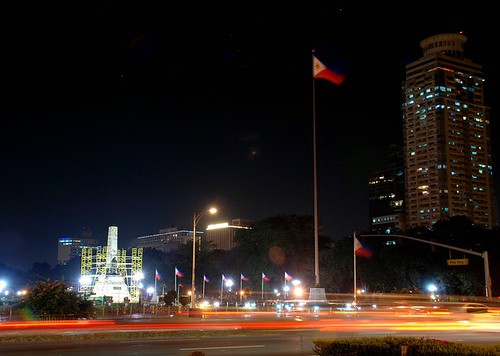
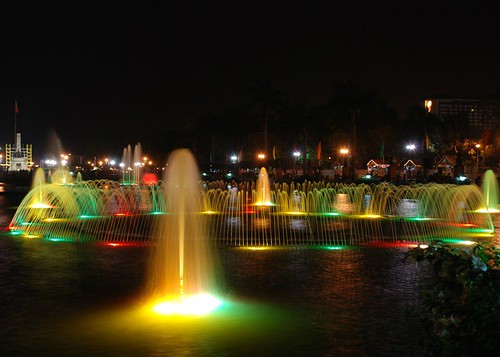




posted by Señor Enrique at 6:04 AM
| 18 comments
![]()
![]()

Tuesday, December 18, 2007
NOONTIME LUNETA

Many local Pinoys, though not of their own accord, had most probably visited Luneta in a not so ideal time of day or night. Such occurrences usually take place at this time of the year when many balikbayan friends and relatives come home for the holidays.
Pressed for having only a minimal set of time to do everything (dreamed of for years), a balikbayan aunt or kumpadre may spontaneously squeeze in an extra activity to an already long list of virtually impossible to execute itinerary for the day. Hence a quick visit to Luneta after a much-anticipated lunch at Aristocrat may suddenly come up.
Now, for those living outside of Manila, please allow me to show you some photographs of our virtually deserted national park on a Sunday early afternoon.




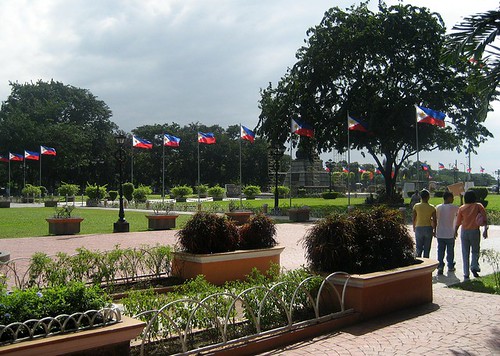


posted by Señor Enrique at 8:50 AM
| 20 comments
![]()
![]()

Monday, December 17, 2007
FORMERLY ISAAC PERAL
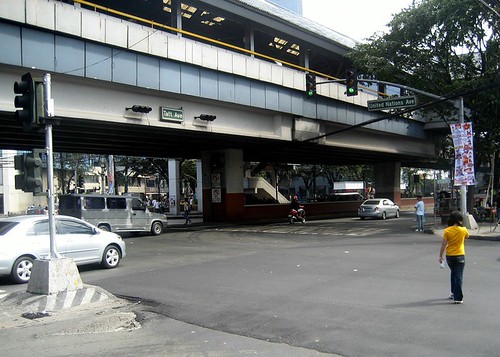
Isaac Peral was a Spanish scientist, inventor, and military man. He invented the submarine -- the first U-boat in naval history -- that was able to fire torpedoes under water while maintaining full propulsive power and control.
He was sent in mission to the Philippines in 1881, first as a geographer and later as an officer of a gunboat. During his stay in the Philippines, he received seven patents between 1887 and 1891 for his other inventions.
A street in Ermita, Manila was named after him, which unfortunately, was changed to United Nations Avenue.
Historian Gregorio Zaide once called the indiscriminate changing of our old street names as “bigoted nationalism and jingoism” -- merely advancing the interests of certain politicians and public officials whose names have been used as replacements. The adverse effect of which is the erasure of historical heritage from our national consciousness.
Perhaps, Mayor Lim ought to seriously consider restoring the old but historic names of our streets and boulevards. And as fellow blogger Urbano de la Cruz had once suggested, the mayor should just simply add a special name for certain major crossroads of Manila. For example, the name Claro M. Recto Plaza for the corner of Rizal Avenue and Claro M. Recto instead of completely renaming the entire stretch of Azcarraga to Claro M. Recto Avenue.
Anyway, I was in the old Isaac Peral the other day and took pictures of some structures along the street such as the Philam Life Building, Doctor's Hospital, the hotel that houses Casino Filipino (its original name was the Manila Hilton; changed to Holiday Inn; and now, Waterfront Hotels & Casino).
The last photograph is the quaint Jade Vine Hotel. Its restaurant serves the best kare-kare in town along with its delectable special bagoong.
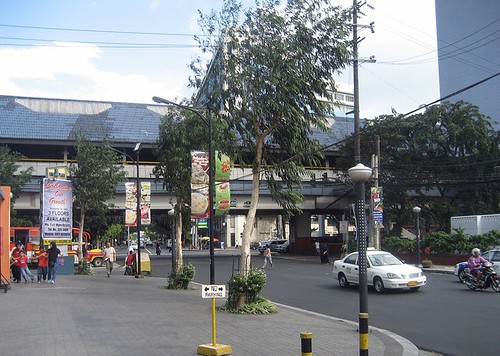
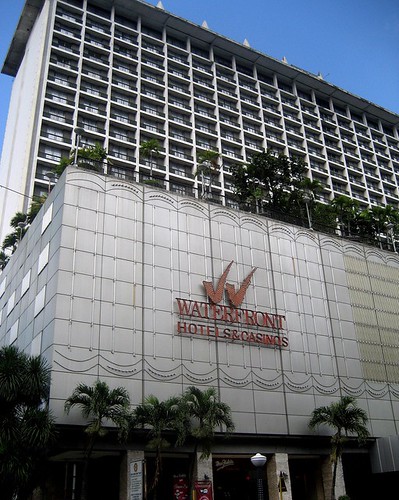


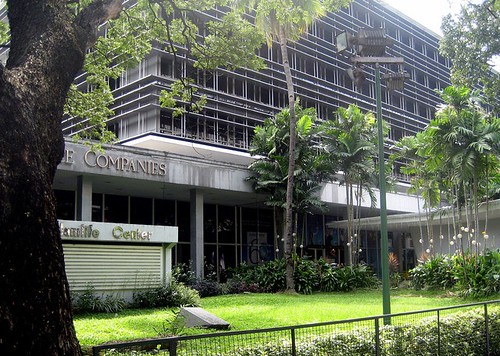
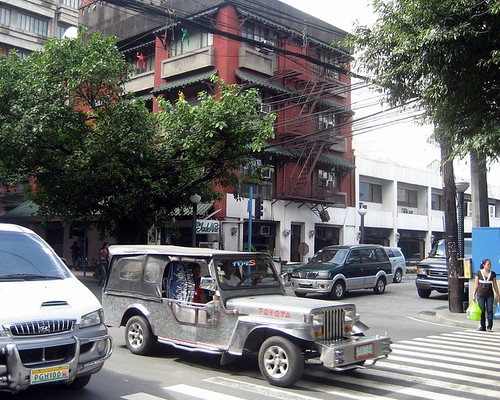
I very much appreciate my articles and photos appearing on fellow bloggers' sites, popular broadsheets, and local broadcast news segments, but I would appreciate even more a request for permission first.
Thank you!
*
Labels: life in Manila, photography, street name change
posted by Señor Enrique at 8:52 AM
| 35 comments
![]()
![]()

Friday, December 14, 2007
DIVISORIA CHRISTMAS SHOPPING RUSH
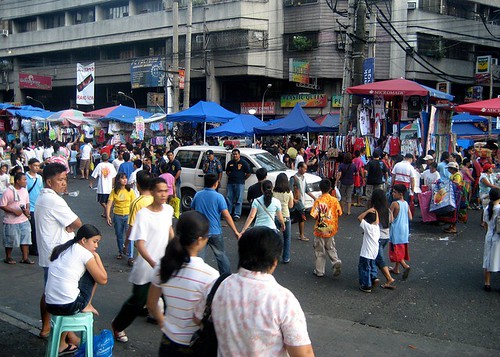

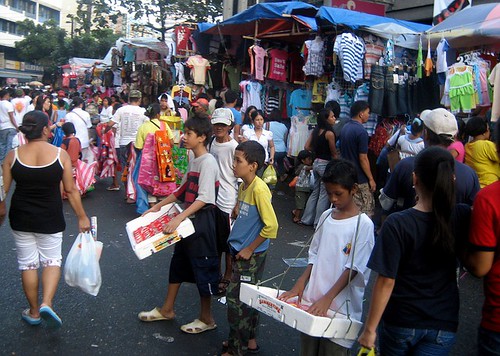
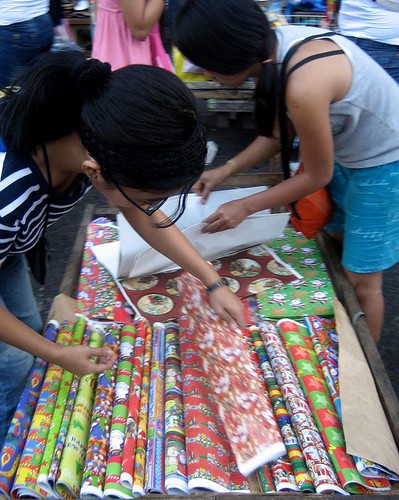
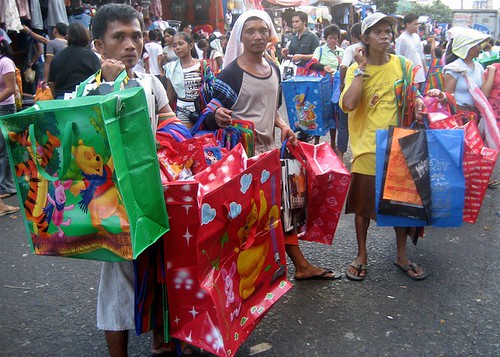
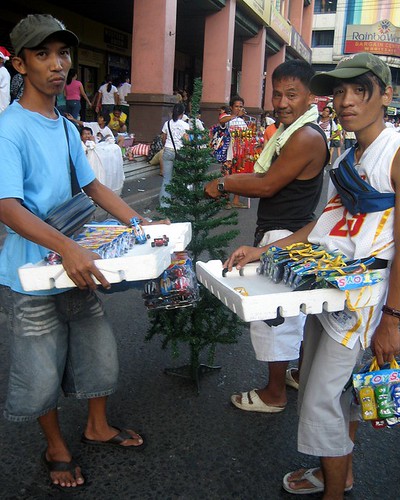
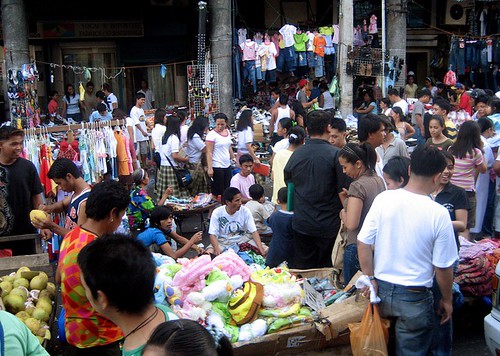
posted by Señor Enrique at 8:38 PM
| 32 comments
![]()
![]()



